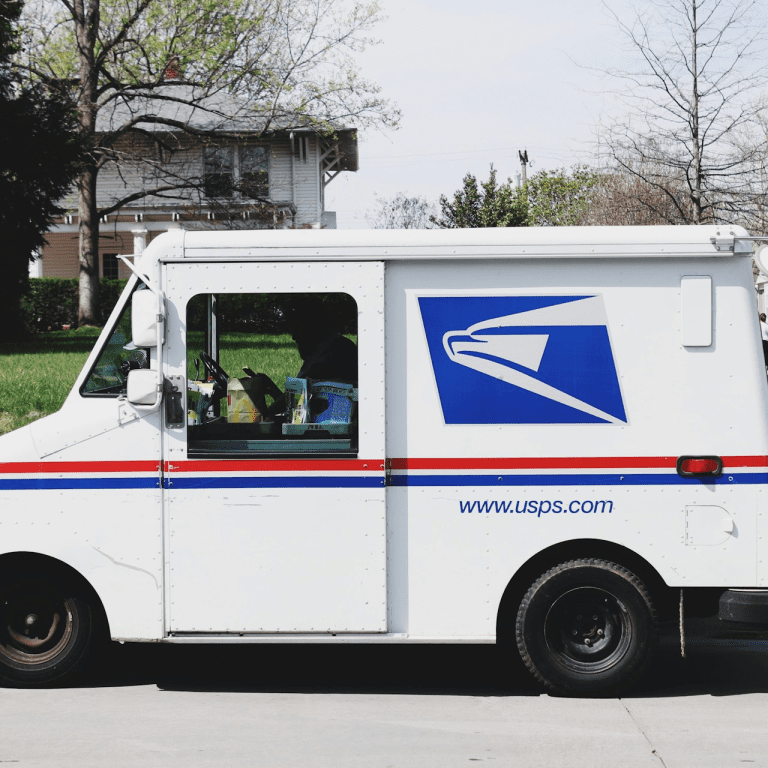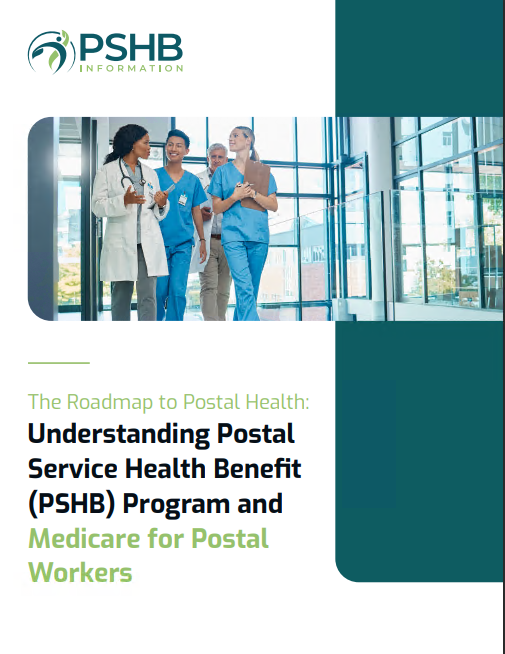Key Takeaways:
-
Learn how Medicare and the Postal Service Health Benefits (PSHB) Program work together to reduce healthcare costs for eligible enrollees.
-
Understand the benefits of coordinating Medicare with PSHB for comprehensive coverage and cost savings.
A Strategic Alliance for Better Healthcare
Navigating healthcare can be overwhelming, especially when juggling multiple plans and options. For Postal Service employees, annuitants, and their families, the combination of Medicare and PSHB creates a powerful partnership that helps reduce out-of-pocket expenses while providing robust health coverage. By leveraging the strengths of both programs, you can achieve peace of mind and financial savings.
Medicare and PSHB: How Do They Complement Each Other?
Understanding the Basics
Medicare is a federal health insurance program for individuals aged 65 and older, or those with certain disabilities. PSHB, on the other hand, is the dedicated health benefits program for Postal Service employees and annuitants. While both programs offer valuable benefits individually, their combined coverage can significantly enhance your healthcare experience.
-
Medicare Part A and B: Cover hospital and medical services.
-
PSHB: Provides broader coverage, including dental, vision, and prescription drugs.
When these two programs are integrated, your overall coverage becomes more comprehensive, and cost-sharing responsibilities are strategically managed to minimize your financial burden.
Enrollment: Timing Matters
Medicare Enrollment
If you’re approaching age 65, it’s crucial to enroll in Medicare during your Initial Enrollment Period (IEP) to avoid late penalties. This seven-month window includes the three months before your 65th birthday, the month of your birthday, and three months after.
For current PSHB enrollees, aligning your Medicare enrollment with PSHB requirements ensures uninterrupted coverage. Certain Medicare-eligible Postal Service annuitants must enroll in Part B to maintain PSHB benefits.
PSHB Transition
As of January 1, 2025, the transition from the Federal Employees Health Benefits (FEHB) program to PSHB is complete. Make sure to review your plan options during Open Season or after qualifying life events to ensure your chosen PSHB plan aligns with your healthcare needs.
Cost-Saving Advantages of Combining Medicare and PSHB
Reduced Out-of-Pocket Costs
When you have both Medicare and PSHB, Medicare becomes the primary payer, handling the bulk of your medical expenses. PSHB acts as the secondary payer, covering remaining costs such as deductibles and coinsurance.
-
Hospital Stays: Medicare Part A covers inpatient care, while PSHB covers coinsurance and additional charges.
-
Doctor Visits: Medicare Part B pays for outpatient services, and PSHB covers any copayments or unmet deductibles.
Prescription Drug Savings
PSHB enrollees automatically gain access to a Medicare Part D Employer Group Waiver Plan (EGWP) for prescription drugs. This integration not only simplifies your prescription coverage but also caps annual out-of-pocket expenses at $2,000, offering significant savings.
Maximizing Benefits with Medicare Integration
Coordinated Care
Having both Medicare and PSHB ensures smoother coordination between your healthcare providers and insurance plans. This can lead to fewer billing errors and faster claims processing, making your healthcare journey more efficient.
Access to Additional Benefits
Certain PSHB plans offer enhanced benefits for enrollees with Medicare, such as waived deductibles, reduced copayments, or partial Part B premium reimbursements. These benefits can lower your overall healthcare costs and improve your coverage.
Key Considerations for PSHB Enrollees
Annual Review
Healthcare needs can change over time, so reviewing your Medicare and PSHB plan options annually during Open Season (October 15 to December 7 for Medicare and specific dates for PSHB) is essential. This ensures your coverage meets your evolving needs.
Keeping Track of Costs
Be mindful of cost-sharing elements like premiums, deductibles, and out-of-pocket maximums. For 2025:
-
Medicare Part B standard premium: $185/month
-
Medicare Part A inpatient hospital deductible: $1,676 per benefit period
-
PSHB out-of-pocket maximum: $7,500 for Self Only plans; $15,000 for Self Plus One and Family plans
Common Questions About Medicare and PSHB
Do I Have to Enroll in Medicare Part B?
Yes, most Medicare-eligible Postal Service annuitants must enroll in Part B to maintain PSHB coverage. Exceptions apply to those who retired on or before January 1, 2025, or employees aged 64 or older as of January 1, 2025.
What Happens If I Delay Medicare Enrollment?
Delaying Part B enrollment may result in penalties and higher costs. It can also disrupt your PSHB coverage, so timely enrollment is critical.
How Does the $2,000 Prescription Cap Work?
Under the Medicare Part D EGWP, your prescription drug expenses are capped at $2,000 annually. This limit applies automatically, offering substantial financial relief for those with high medication costs.
Making Informed Decisions
Planning Ahead
Preparing for your healthcare future involves understanding your benefits and how to optimize them. If you’re new to Medicare or the PSHB program, take time to read plan brochures and familiarize yourself with available resources.
Seeking Assistance
Don’t hesitate to contact PSHB or Medicare representatives for clarification on your coverage or enrollment process. Their guidance can help you make confident and informed choices.
A Win-Win for Your Health and Wallet
By combining the strengths of Medicare and PSHB, you gain access to comprehensive, cost-effective healthcare. This partnership ensures you’re well-equipped to handle medical expenses while enjoying peace of mind. Whether you’re enrolling for the first time or reviewing your current plan, understanding this synergy puts you in control of your healthcare journey.









